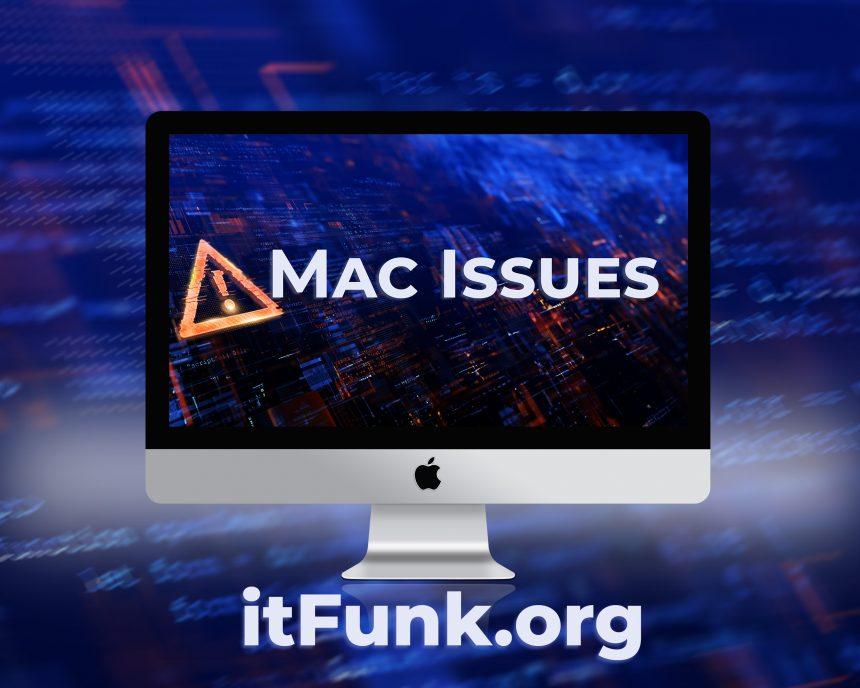Apple’s recent emergency security updates addressing two zero-day vulnerabilities, CVE-2023-42916 and CVE-2023-42917, within the WebKit browser engine have alarmed users. These exploits allowed attackers to compromise sensitive data and execute arbitrary code, impacting a broad spectrum of Apple devices, including iPhones, iPads, and Macs. The vulnerabilities, actively exploited before Apple’s swift response, highlighted potential risks associated with outdated iOS versions.
Insights into the Threat
CVE-2023-42916 and CVE-2023-42917 exposed WebKit’s out-of-bounds read weakness and memory corruption bug, enabling attackers to execute arbitrary code and compromise users’ information. Google’s Threat Analysis Group (TAG) played a crucial role in uncovering these vulnerabilities. Furthermore, disclosures of other zero-day exploits targeting the XNU kernel and facilitated by exploits such as Predator spyware and NSO Group’s Pegasus spyware have accentuated Apple’s ongoing battle against sophisticated threats.
Similar Threats and Best Practices
Similar vulnerabilities affecting Apple devices include:
- CVE-2023-42824 targeting the XNU kernel
- CVE-2023-41991, CVE-2023-41992, and CVE-2023-41993 linked to the Predator spyware
- CVE-2023-41061 and CVE-2023-41064 exploited as part of the BLASTPASS zero-click exploit chain
Preventing future threats of similar nature involves vigilant practices:
- Timely Updates: Regularly update devices to the latest operating system versions and security patches.
- Safe Browsing: Exercise caution when visiting websites or clicking on links from unverified sources.
- Security Collaboration: Support collaboration between security research groups and tech companies to identify and address vulnerabilities promptly.
Removal Guide for Zero-Day Vulnerabilities
Step 1: Update Devices:
- Immediately update devices to the latest available software versions released by Apple.
- Ensure continuous monitoring for future security patches and updates.
Step 2: Avoid Suspicious Activity:
- Refrain from clicking on unknown links or downloading content from untrusted sources.
- Use reputable security software to detect and prevent potential threats proactively.
Step 3: Backup and Reset:
- Regularly backup essential data and perform device resets if necessary to eliminate potential vulnerabilities.
Conclusion
Apple’s consistent efforts to patch vulnerabilities underscore the criticality of staying updated with the latest security patches. By following proactive security measures, such as timely updates and cautious browsing habits, users can fortify their devices against similar threats. The collaboration between security researchers and tech firms remains instrumental in identifying and mitigating zero-day vulnerabilities, emphasizing the collective responsibility in safeguarding digital ecosystems.





